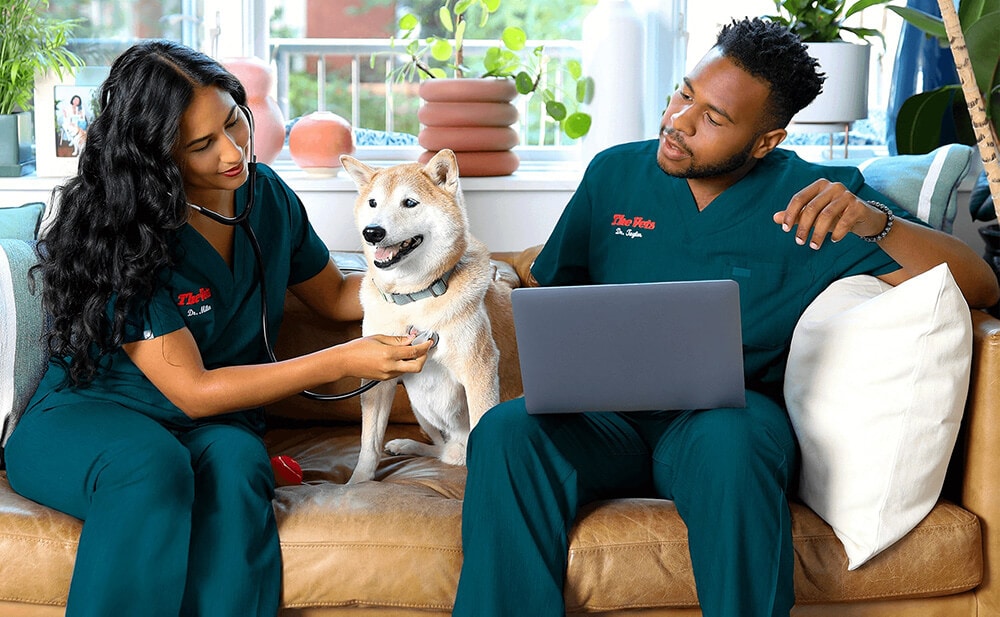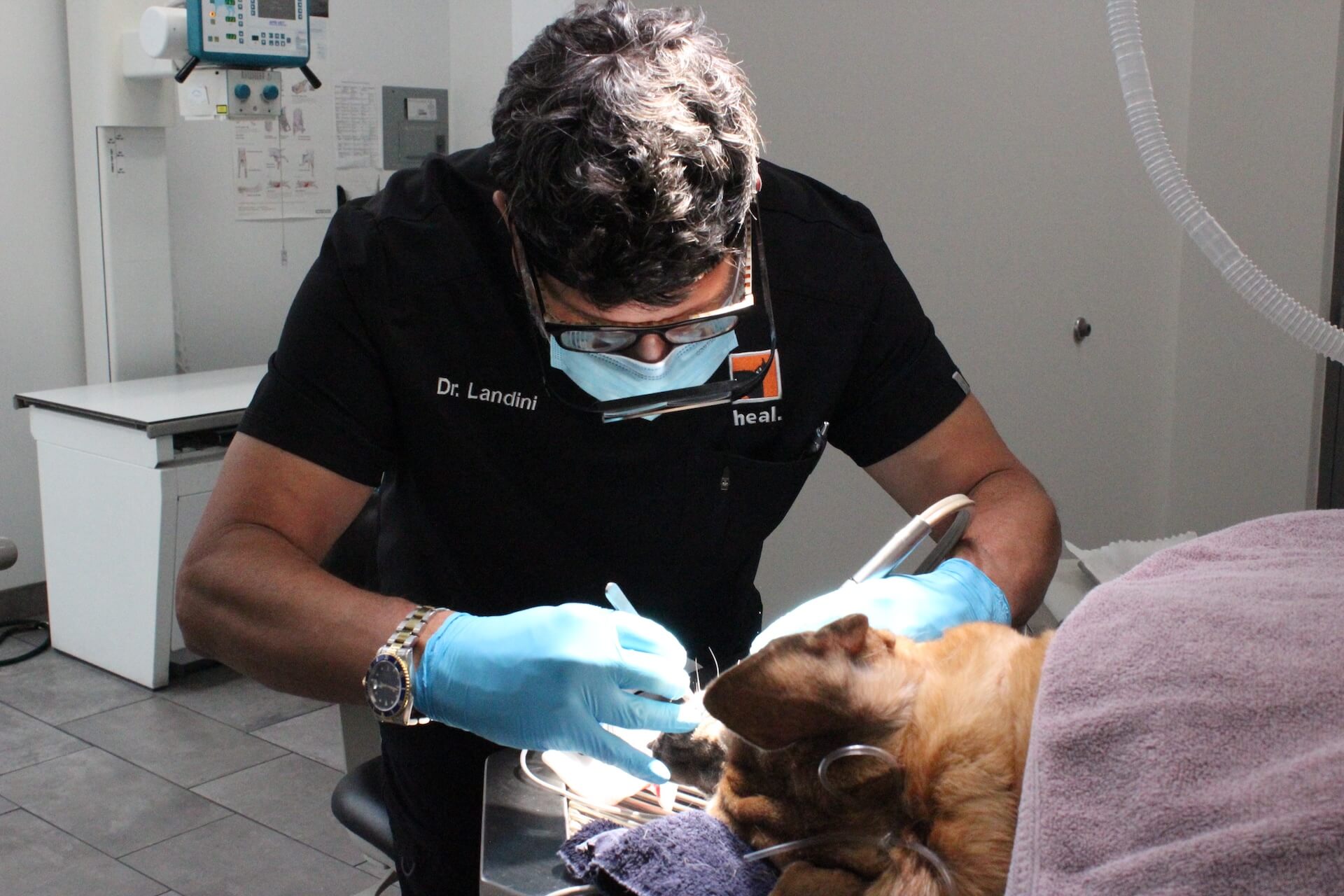All Regarding Vet Surgical Procedure: Understanding the Importance of Professional Take Care Of Your Family pets
Vet surgery is a vital part of animal health care. It incorporates numerous treatments, from routine elective surgical procedures to urgent treatments. Understanding the complexities of these surgical procedures can aid pet dog owners make educated choices. The preparation, implementation, and recovery phases are important for guaranteeing the wellness of pets. With appropriate expertise, proprietors can navigate the intricacies of veterinary care. What aspects should be thought about prior to an animal undergoes surgical procedure?
Types of Vet Surgeries
When an animal calls for medical intervention, comprehending the numerous types of vet surgical treatments can assist pet owners make informed choices. Vet surgical treatments can be generally classified right into 3 primary types: optional, urgent, and emergency surgical procedures. Elective surgeries, such as spaying or neutering, are intended procedures that are not instantly lethal. Urgent surgeries, like those for international body elimination, must be executed soon however are not deadly in the minute. Emergency surgical treatments, such as those addressing serious trauma or internal blood loss, are critical and call for prompt attention.Additionally, surgeries can vary in complexity, varying from minimally invasive laparoscopic treatments to much more comprehensive open surgeries. Each sort of surgical treatment lugs its very own risks and recuperation processes. Understanding these categories permits pet proprietors to engage in significant discussions with veterinarians, causing much better results for their cherished family pets.
Getting ready for Your Pet dog's Surgical procedure
Preparing for a family pet's surgery includes a detailed checklist to ensure all fundamentals are covered. Efficient communication with the vet is essential for recognizing the treatment and any type of necessary pre-operative actions - emergency vet. In addition, having clear post-operative treatment instructions will assist proprietors give the finest support for their recuperating animals
Pre-Surgery Checklist Basics
Guaranteeing a smooth surgical experience for an animal needs careful preparation and attention to detail. A pre-surgery list is necessary for pet proprietors to comply with. Confirming the set up surgical treatment day and time is essential. Proprietors must additionally validate that their animal has actually not eaten according to the vet's instructions, typically for 8-12 hours prior to surgical treatment. Gathering needed clinical records, including vaccination history, is essential for the vet's evaluation. It is also a good idea to prepare a comfortable space in your home for the family pet's healing after surgical procedure. Proprietors need to have a strategy for transportation to and from the vet clinic, making sure that the pet dog is protected and comfy throughout the trip. Following these actions can greatly improve the medical experience.
Communicating With Your Veterinarian

Efficient interaction with the vet is essential for an effective surgical experience for animals. Proprietors must be prepared to discuss their pet's clinical history, including any kind of pre-existing conditions, drugs, and allergies. This details assists the vet assess threats and customize the surgical strategy as necessary. In addition, family pet owners ought to ask concerns regarding the procedure, anesthetic, and expected end results to ensure they totally comprehend the process. Making clear any kind of doubts can alleviate anxiety for both the pet dog and the proprietor. It is additionally vital to connect any kind of behavior modifications or worries observed in the pet dog leading up to the surgical treatment. Eventually, clear discussion promotes depend on and cooperation, guaranteeing that family pets receive the most effective possible care throughout their surgical trip.
Post-Operative Care Directions
After talking about the procedure with the veterinarian, animal proprietors ought to concentrate on post-operative treatment directions to facilitate a smooth recuperation for their animals. These instructions normally include keeping track of the surgical website for indications of infection, such as inflammation or discharge. Pets may need to be kept one's cool and restricted to avoid extreme movement that could disrupt recovery. Pain management is vital, so owners must comply with the vet's support on carrying out medications. Additionally, dietary limitations may be encouraged to prevent stomach trouble. Routine follow-up appointments are essential to assure appropriate healing and attend to any kind of worries. By adhering to these post-operative treatment directions, pet dog proprietors can substantially contribute to their family pet's recuperation and overall well-being.
The Surgery Explained
The medical procedure for pet dogs encompasses crucial actions that assure their security and recuperation. Pre-surgery prep work are essential for reducing dangers, while post-operative treatment guidelines play an important role in advertising recovery. Understanding these parts helps family pet proprietors browse the surgical experience better.
Pre-Surgery Preparations
Before a pet dog undertakes surgical treatment, a number of important preparations have to occur to assure a risk-free and successful treatment. A complete vet examination is necessary to evaluate the animal's overall health and wellness and determine any prospective risks. This may include blood examinations, imaging, or various other diagnostics. The vet will likewise talk about anesthetic options customized to the family pet's particular needs. Additionally, family pet owners are generally advised to withhold food and water for a defined time before surgical procedure to reduce the threat of problems throughout anesthesia. It is essential for proprietors to supply a total case history, including any medicines or allergic reactions, making certain the medical team has all needed information. Proper communication and adherence to pre-surgery guidelines can considerably improve the result of the treatment.
Post-Operative Care Guidelines
Proper post-operative treatment is vital for making certain a pet's healing complying with surgical treatment. After the procedure, family pets should be kept an eye on very closely for any indicators of issues, such as extreme bleeding, swelling, or uncommon behavior. It is essential to follow the vet's instructions pertaining to medications, including pain reducers and antibiotics. Pets must be kept in a peaceful, comfortable environment to reduce tension and promote recovery. Restricting activity is crucial; short, leashed walks might be needed, yet leaping or running ought to be prevented. Normal follow-up consultations should be scheduled to examine the healing procedure. Furthermore, the surgical website must be kept tidy and dry, with any type of indications of infection reported to a vet without delay. Sticking to these standards boosts recovery outcomes.
Anesthesia and Pain Administration
Reliable anesthesia and discomfort administration are essential elements of vet surgical procedure, ensuring that animals remain comfortable and risk-free throughout the procedure. Veterinarians examine each pet dog's specific requirements, taking right into account variables such as age, weight, health and wellness status, and the sort of surgical procedure being performed.Anesthesia protocols typically consist of a mix of pre-anesthetic medications, induction agents, and inhalant anesthetics, enabling precise control over the pet's degree of consciousness. Tracking during surgery is important; vets constantly observe vital signs to deal with any type of prospective problems promptly.Pain monitoring strategies may entail opioids, non-steroidal anti-inflammatory medicines (NSAIDs), and neighborhood anesthetics, customized to the family pet's specific click to investigate circumstance. This multifaceted technique aids lessen discomfort and advertises a smoother surgical experience. By focusing on efficient anesthetic and discomfort monitoring, vet professionals improve the total welfare of pets going through operations, ensuring they receive the highest possible requirement of care.
Post-Operative Care and Recuperation
Adhering to surgery, the emphasis changes to post-operative treatment and healing, which is vital for ensuring a family pet's secure return to normal tasks. Throughout this duration, pet dogs need a silent, comfortable setting to aid healing. Owners need to closely check their pet dogs for any kind of indicators of discomfort or uncommon behavior.Veterinary standards usually include specific directions connected to medication administration, injury treatment, and nutritional modifications. It is essential to abide by these referrals to lessen problems and promote recovery. Family pets may need to be restricted from strenuous activities, such as running or jumping, during their healing period (canine tplo surgery).Regular follow-up consultations with the veterinarian allow for surveillance of the pet's progression and in home vet timely adjustments to the care plan. Giving emotional assistance and friendship can additionally enhance a family pet's healing experience, helping to relieve stress and anxiety and stress and anxiety. On the whole, thorough post-operative treatment plays a significant duty in accomplishing a successful recuperation
Identifying Issues After Surgical Treatment
Exactly how can pet dog proprietors determine complications after surgical procedure? Recognition of details indicators is vital for guaranteeing the health of family pets during healing. Usual indicators include extreme swelling, inflammation, or discharge at the surgical site, which may signify infection. In addition, persistent pain, indicated by whining or reluctance to move, should prompt immediate attention. Adjustments in appetite or water intake can likewise suggest problems; a decline in these habits might indicate discomfort or distress.Moreover, family pet proprietors must monitor their pets for any type of uncommon actions, such as sleepiness or trouble breathing, as these can be signs of significant problems. Throwing up or looseness of the bowels complying with surgery might require urgent veterinary assessment. Recognizing these difficulties early can greatly affect an animal's healing process, emphasizing the significance of caution and prompt communication with a vet for any kind of worrying signs.
The Role of Vet Experts in Surgical Care
Veterinary specialists play a necessary function in guaranteeing the safety and security and success of medical treatments for pets, especially following surgical treatment when monitoring and care are paramount. These specialists include veterinarians, vet service technicians, and assistance staff, every one of whom contribute specialized skills to the surgical process.Before surgical treatment, veterinarians perform extensive analyses to assess the animal's health, guaranteeing that any kind of underlying conditions are taken care of. During the procedure, the surgical team offers anesthesia, keeps Go Here clean and sterile settings, and monitors crucial indications, very important for reducing risks.Post-operative care is equally considerable; veterinary professionals observe for complications, manage discomfort, and guide owners on recovery techniques. Their knowledge allows them to recognize very early indications of distress or infection, making certain prompt intervention. Inevitably, the collaborative initiatives of vet specialists in surgical treatment promote a secure atmosphere, advertising the wellness of animals throughout the medical trip.

Often Asked Concerns
How Do I Choose the Right Veterinary Cosmetic Surgeon for My Pet?
Selecting the best veterinary cosmetic surgeon includes investigating certifications, reviewing evaluations, and reviewing the facility's setting. It is crucial to assess the specialist's experience with specific treatments and their interaction style when choosing.
What Prevail Misconceptions Regarding Veterinarian Surgeries?
Typical mistaken beliefs regarding vet surgical procedures include ideas that they are always high-risk, unneeded, or only for emergency situations. Many family pet owners ignore the benefits of preventative treatments and the skill involved in vet surgical care.
Just How Much Will My Family pet's Surgical treatment Expense?
The expense of a pet's surgical procedure can differ considerably based on factors such as the kind of procedure, the vet's experience, and geographical area (24 hour vet near me). Generally, costs vary from a couple of hundred to several thousand bucks

Can My Family Pet Consume Prior To Surgical Procedure?
Prior to surgical procedure, it is generally suggested that animals avoid from consuming for a certain period. This fasting helps reduce the danger of issues throughout anesthetic. Owners need to consult their veterinarian for exact instructions customized to their family pet's needs.
What if My Pet Dog Has Pre-Existing Health And Wellness Conditions?
When a pet dog has pre-existing wellness conditions, it's vital for the vet to assess these factors prior to surgery. This examination warranties appropriate safety measures are taken, lessening threats and enhancing the family pet's total safety throughout the procedure.
Comments on “What Happens During a Visit to an emergency vet? Step-by-Step Walkthrough”